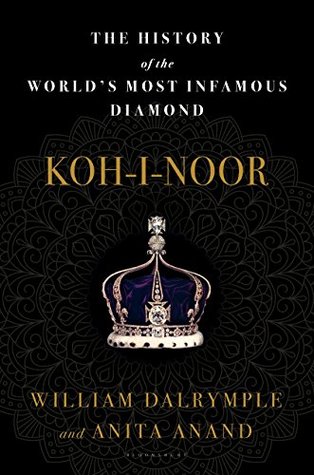Akbar’s imperial treasuries at the end of the sixteenth century: ‘The amount of revenues is so great,’ he writes, ‘and the business so multifarious, that twelve treasuries are necessary for storing the money, nine for the different kinds of cash payments, and three for precious stones, gold and inlaid jewellery.’ Rubies and spinels, divided into twelve classes, come first; diamonds – of which there are half the quantity of spinels and rubies – second, and these were kept mixed up with emeralds or blue corundum (sapphires), which the Mughals knew as blue yaquts. Pearls are in the third
...more
Welcome back. Just a moment while we sign you in to your Goodreads account.


